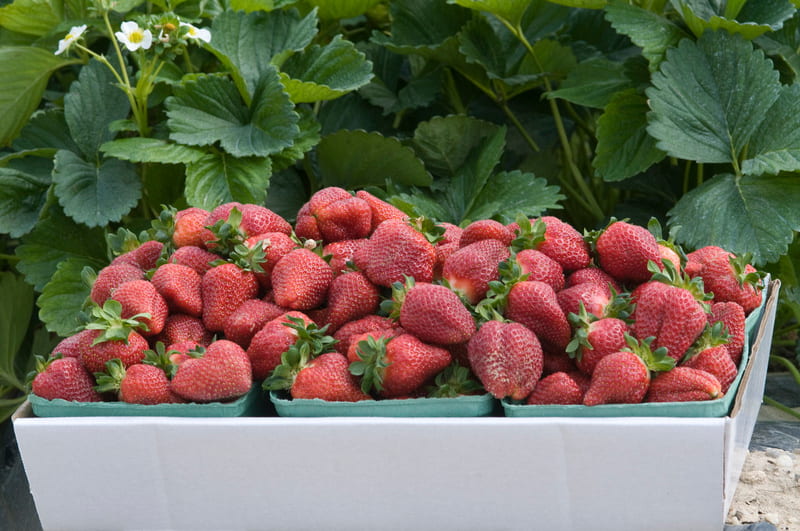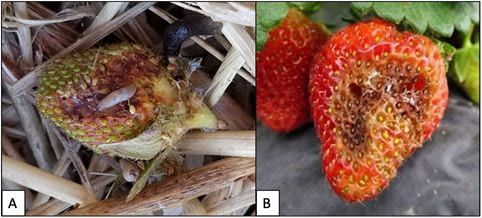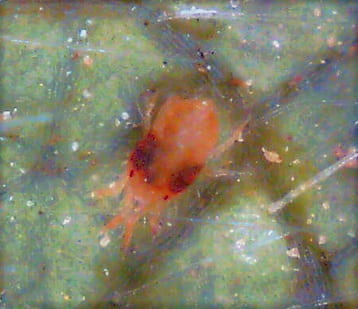May Vegetable Insect Scouting Update
By Emily Zobel
Ag Agent Dorchester County
It is crucial to check 5-10 locations (50+ plants) throughout the field when making treatment decisions. Localized infestations can be spot treated to save resources, time, and money. For up-to-date chemical recommendations, check the Mid-Atlantic Commercial Vegetable Production Guide or consult your local extension agent.
Spotted Lanternfly Update!
Spotted lanternfly eggs are hatching. Be on the alert when moving equipment or plants out of the quarantine areas. Early instar nymphs are black with domino-like white spots.
Asparagus: Continue to scout for asparagus beetles. Feeding by beetles can disfigure spears, and depending on the market, the presence of eggs on the spears can make them unmarketable. When scouting, count adults, eggs, and larvae, and take note of the damage to each plant. Consider treatment if >10% of the spears are infested with beetles (1 or more per plant) or 1-2% have eggs or damage. Treat ferns if 50-75% are infested. Minimize the impact of spear damage on asparagus fields by harvesting asparagus spears every day during the harvest season.
Brassica/Cole crops: Recently transplanted and newly emerged seedlings of cole crops are at risk of damage from flea beetles. Scout early and consider treating when 50% or more plants show injury and flea beetles are present on plants. Scout fields for imported cabbageworm (ICW) (Fig 2.)and diamondback larvae. With warmer temperatures on the way, these infestations can increase rapidly. When scouting, paying particular attention to the innermost leaves where ICW often feed, consider treating for fresh market cabbage, broccoli and cauliflower if caterpillars are found on 20% or more plants during the seedling stage. Infestations up to 30% may be tolerated from early growth to cupping. On cabbage, once heads begin to form, a 5% threshold should be observed to protect the marketable portion of the plant. For broccoli and cauliflower, use 15% at curd initiation/cupping and 5% from curd development to harvest. For leafy greens such as collards and kale, 10% plants infested is the threshold throughout the season.
Melons: As the weather warms up, you will want to start scouting melons for aphids, cucumber beetles, and spider mites since once we get a few consecutive days of warm, sunny weather, populations can explode. Consider treating if an average of 2 adult beetle is found per plant. For spider mites, treatment is warranted when 10-15% of the crown leaves are infested early in the season and when 50% of crown leaves are infested late in the season. The continued use of Sevin or the pyrethroids may result in mite outbreaks.
Sweet Corn: Sample for cutworms and flea beetles. As a general guideline, treatments should be applied if you find 3% cut plants or 10% leaf feeding. In order to get an accurate estimate of flea beetle populations, fields should be scouted mid-day when beetles are active.




